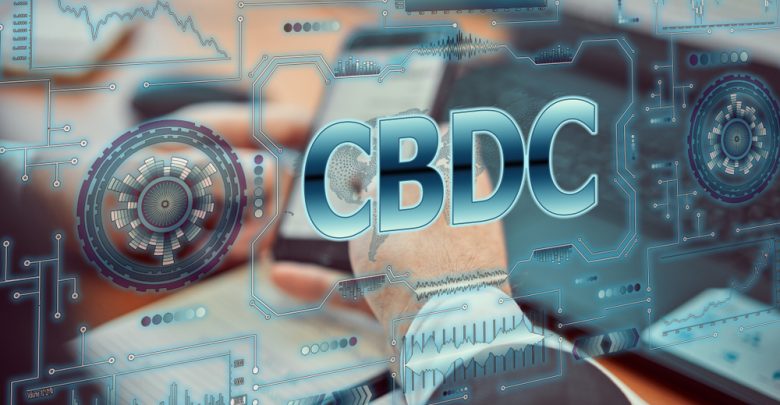U.S. President Joe Biden has directed the Office of Science and Technology Policy (OSTP) to work on the design choices for the 18 CBDC systems for implementation in the country.
OSTP Submits Reports on 18 CBDC Design Choice
As the United States government continues its analysis of the central bank digital currency (CBDC), a possible implementation may not take long.
The OSTP has submitted its assessment of the 18 CBDC design templates for the U.S. as directed by President Joe Biden. Moreover, the analysis of the digital asset covered six categories. Participants, governance, security, transactions, data, and adjustment exist. The OSTP also hints at the complexities and limitations of building a permissionless system.
However, the analysis hypothesizes that central control and permission for CBDC are in place.
The OSTP report aimed to help policymakers decide on the best fit for the U.S. Furthermore, the report also highlighted the demerits of integrating third parties in two design choices. The participant category has to do with the transport layer and interoperability of the token.
The report mentioned factors like permission, identity privacy, access tiering, and remediation for the governance category.
There are also other factors that the OSTP wants policymakers to consider. They include cryptography, safe hardware, signatures, transaction privacy, and others.
Is the US CBDC Ready?
The OSTP report is not the final draft of recommendations. Rather, it is a proposed design choice for policymakers to deliberate on and select the best fit. Going by the technical analysis, it seems the OSTP favors an off-ledger, hardware-secured CBDC system for the United States.
Furthermore, the OSTP suggested monitoring and regulating the CBDC project early in the month. It also evaluated digital currency’s energy and environmental impact in the United States.
For the energy demand, the OSTP noted that crypto mining uses approximately 50 billion kilowatts of energy annually in the U.S. This is about 38% of the global total energy consumption in the crypto industry.
In comparison, card payment service providers like Visa and Mastercard use less than 1% of the energy that Bitcoin and Ethereum consumed in the same year. This is despite processing more on-chain transactions than the crypto networks and supporting corporate operations.
In another development, Gary Gensler, the U.S. Securities and Exchange Commission (SEC) chairman, has revealed that Ether might be a security product. Gensler made this statement some hours after the completion of the long-awaited Merge.
According to him, most Proof-of-Stake (PoS) crypto assets are securities. The SEC chair noted that Ether staking involves others dumping their funds in anticipation of profits. And under the Howkey Test, this type of trading is considered “securities.”
However, some industry experts also disclosed before the transition that regulators would scrutinize Ethereum post-Merge.
Ethereum’s move to the PoS consensus protocol from the PoW consensus protocol signifies the end of the Ethereum miner’s operation.
However, the creation of Ethereum on PoW (ETHW) will see continued mining of the forked token.
At Tokenhell, we help over 5,000 crypto companies amplify their content reach—and you can join them! For inquiries, reach out to us at info@tokenhell.com. Please remember, cryptocurrencies are highly volatile assets. Always conduct thorough research before making any investment decisions. Some content on this website, including posts under Crypto Cable, Sponsored Articles, and Press Releases, is provided by guest contributors or paid sponsors. The views expressed in these posts do not necessarily represent the opinions of Tokenhell. We are not responsible for the accuracy, quality, or reliability of any third-party content, advertisements, products, or banners featured on this site. For more details, please review our full terms and conditions / disclaimer.
